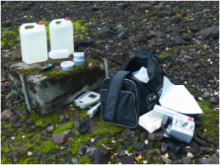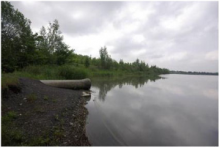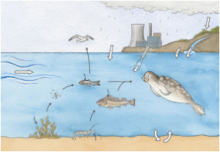Tasks conducted in this topic area aimed to strengthen pan-European links between the radioecology and the emergency and post-accident communities. Joint research activities were conducted to improve and validate radioecological models of interest to both communities to ensure the better protection of humans and the environment following existing, planned and emergency exposure situations.
| INITIAL RESEARCH ACTIVITIES | |
Figure Copyright ©: Mari Komperød-NRPA | Focused on:
|
NEW AND INNOVATIVE RESEARCH WERE INCORPORATED INTO THE PROJECT | |
 | Based on an external call which resulted in the association of FRAME (The impact of recent releases from the Fukushima nuclear accident on the marine environment) and RATE (RAdioactive particle Transformation procEsses) with the COMET project, Research Work |
| OBSERVATORIES FOR RADIOECOLOGICAL RESEARCH WERE SET UP | |
 | Radioecological research Long-term investigations Foster innovative co-operation |
For more information on the work to be conducted contact Astrid Liland

